indigenous
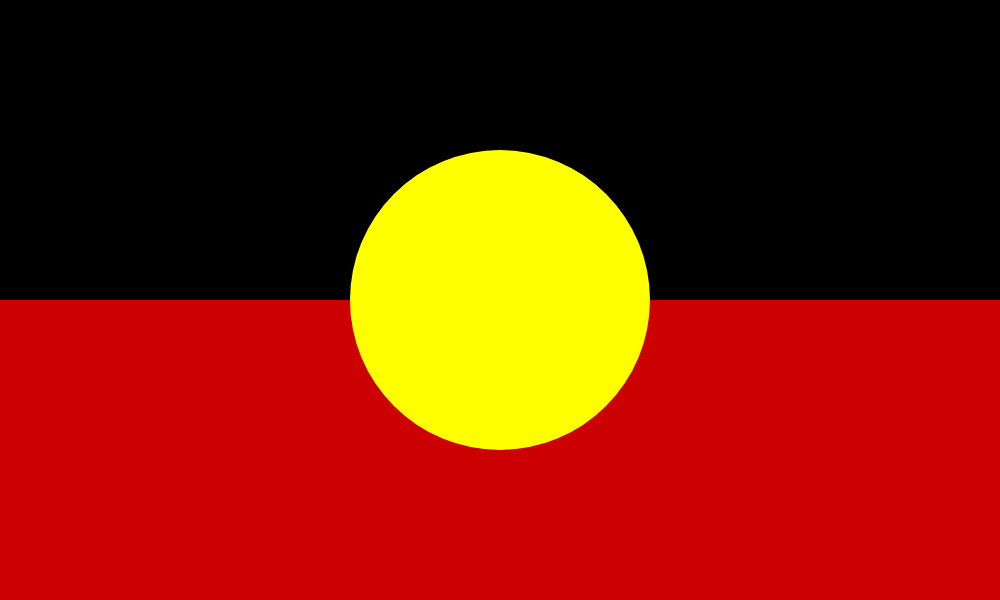
Welcome to c/indigenous, a socialist decolonial community for news and discussion concerning Indigenous peoples.
Please read the Hexbear Code of Conduct and remember...we're all comrades here.
Post memes, art, articles, questions, anything you'd like as long as it's about Indigenous peoples.
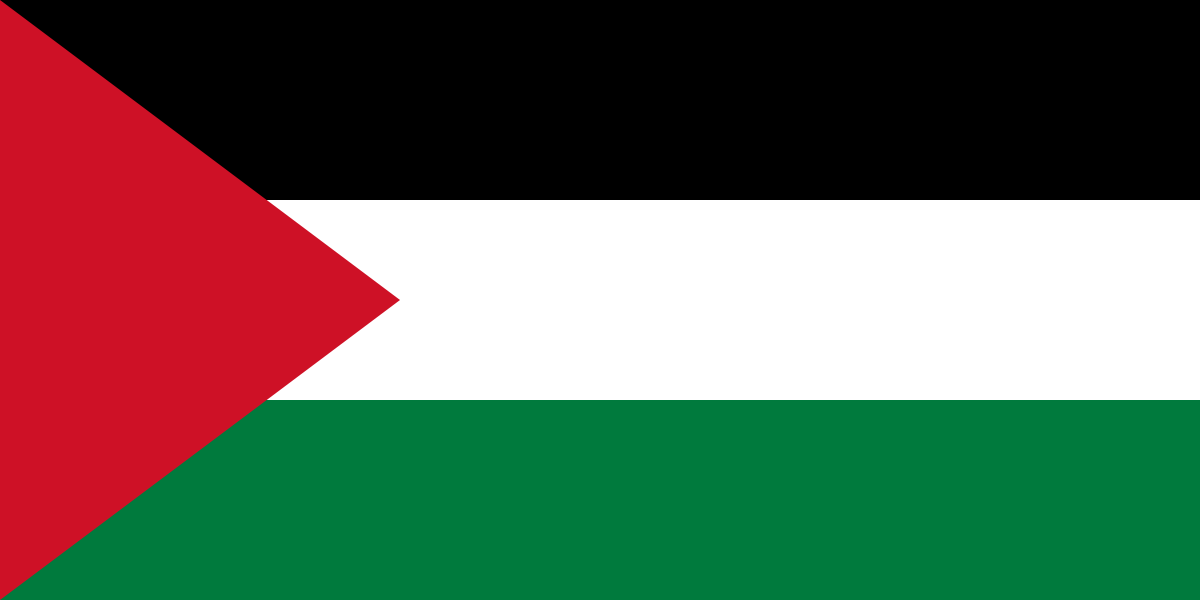
Fundraising has been extremely slow this year so anything helps.
https://www.gofundme.com/f/help-support-lakota-ceremony-and-community
Here are some pictures of work you all have helped enable in addition to last year's sundance.
This is the trailer home we purchased for one of the elders here.

This creek was barely running last year. We are cleaning it up and repairing the natural features that help slow the flow and raise the water level bringing back crawfish and other native plants and animals.
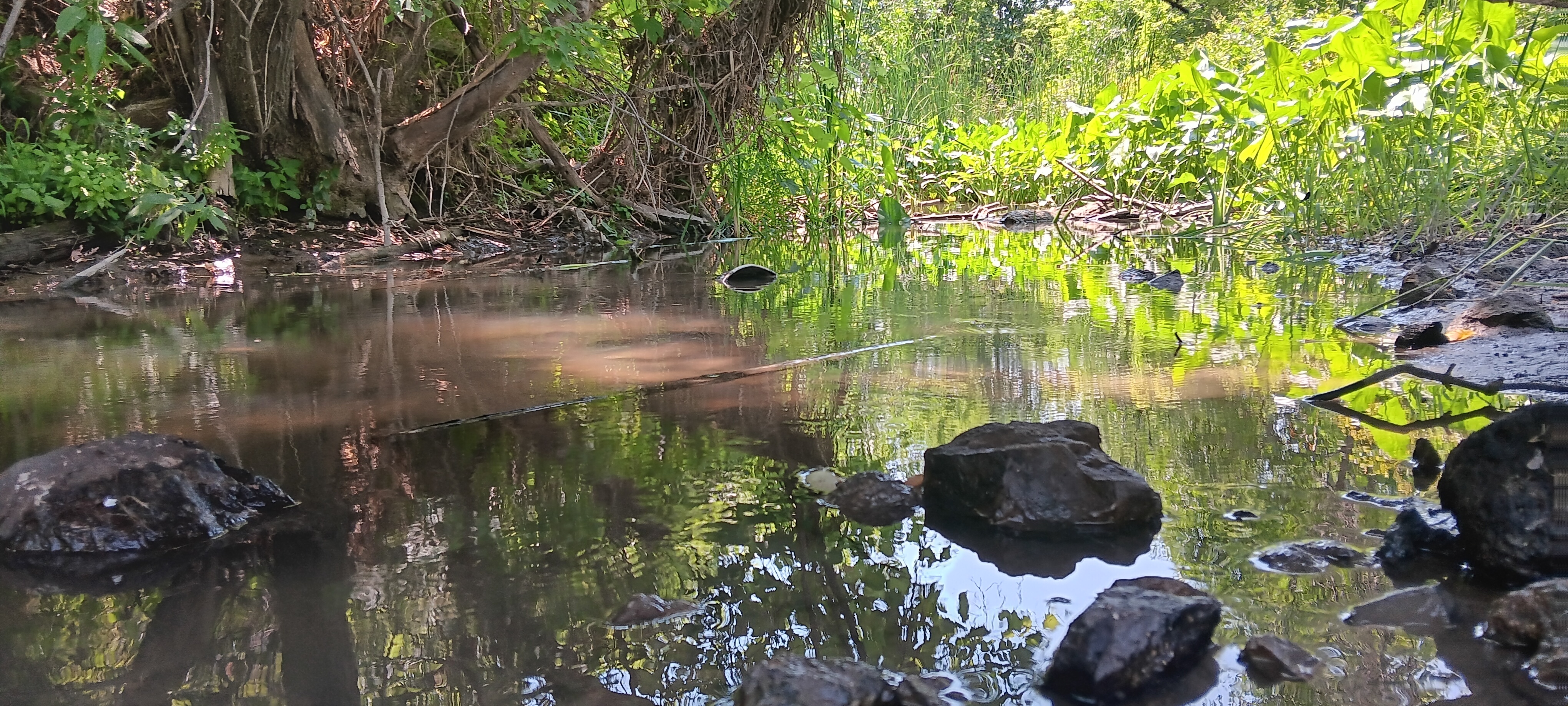
In addition to the sundance we are in urgent need of preparations for winter which means major repairs on homes among other needs. We raised funds for firewood last year but even still, one elder died of exposure when their fire went out overnight.
Thank you all for the support you have given us so far.
Secondarily there is also another urgent ask for a trailer for our permaculture specialists

Here is a bit of an update post for CLN and the many things we have underway, our goals, and plans to accomplish them though it is in slide form, just trying to condense larger documents that are being finalized
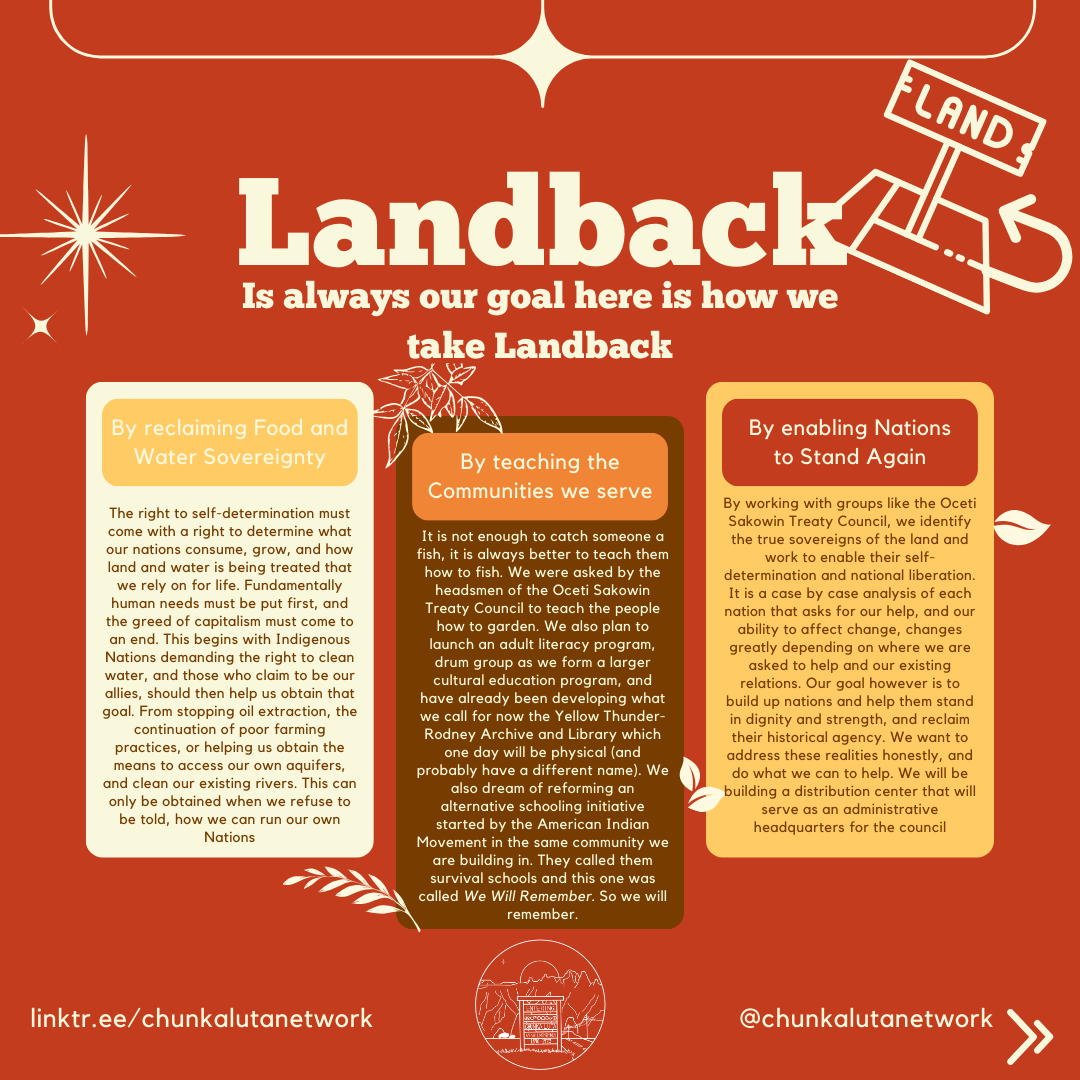
Our main goal is to offer an actual Marxist-Leninist position on landback, that is easier to articulate than the current offerings by many groups that all boil to Indigenous self determination and ending of global colonial exploitation
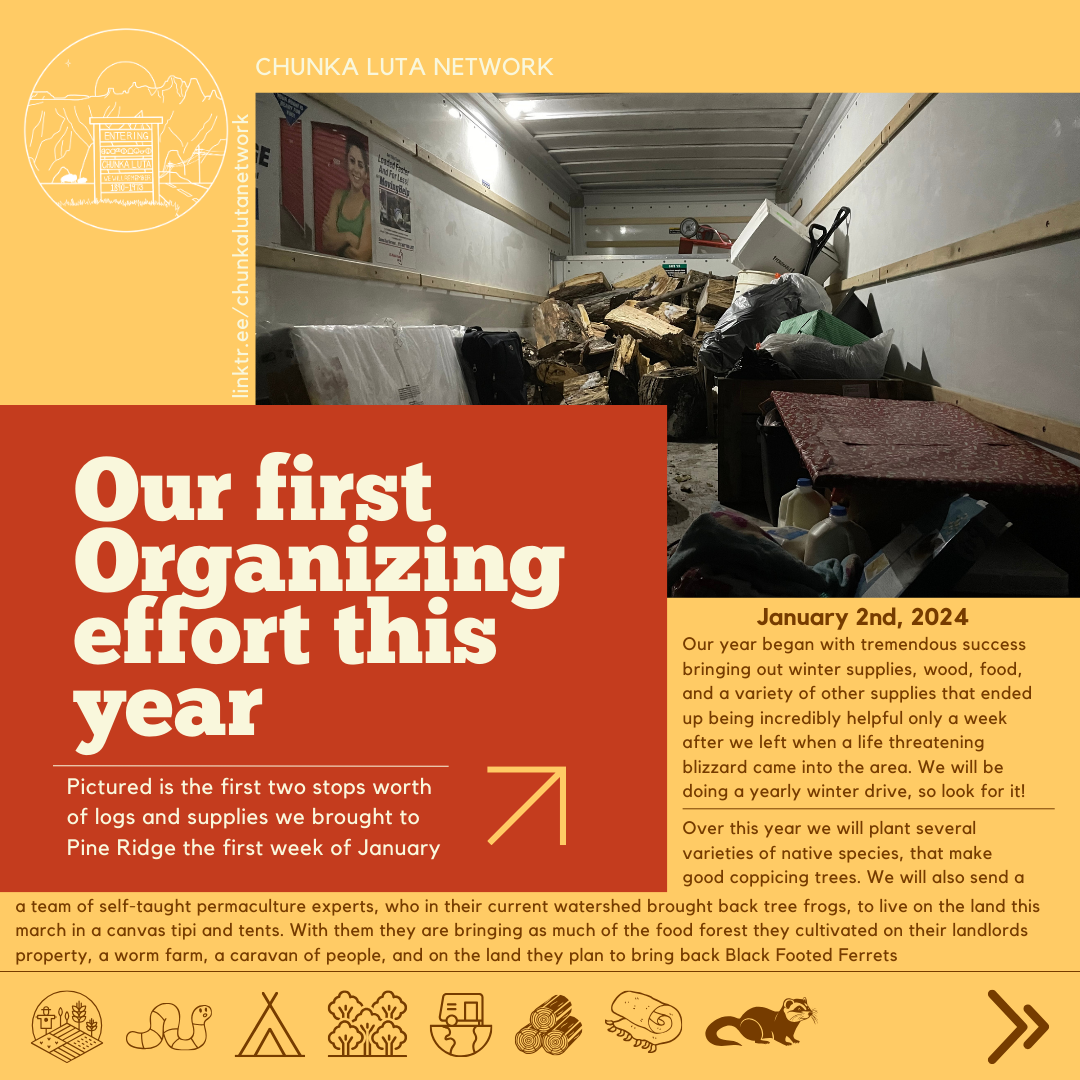
We are a organization based in demcent, and scientific socialism. There are many like minded groups and individuals working towards the collective liberation of the land, and life from the contradictions of colonialism and Imperialism.

Our goal is to go beyond cheerleading, and instead enable people to lead. This was my largest criticism of The Red Nations "The Red Deal" and you can hear more of my in depth thoughts starting Season 8 on the Marx Madness podcast. I offer 40 hours of reading you the book word for word and offering my criticism as openly as I could.

The specific house at risk of seizure is my dad's who is a Union member, and my brother who has a different dad but live with my dad also live there. They have 3 kids in the house and he's a native with a record in a bordertown so the financial situation has been hard after some medical issues occurred, some legal issues, and then some neighbor issues on top of the city raising water rates and their bill being $400 this month so they could really use this help and can even pay people back if you want after they get their tax return which has been delayed for one reason or another due to paper work taking a while to get to them.
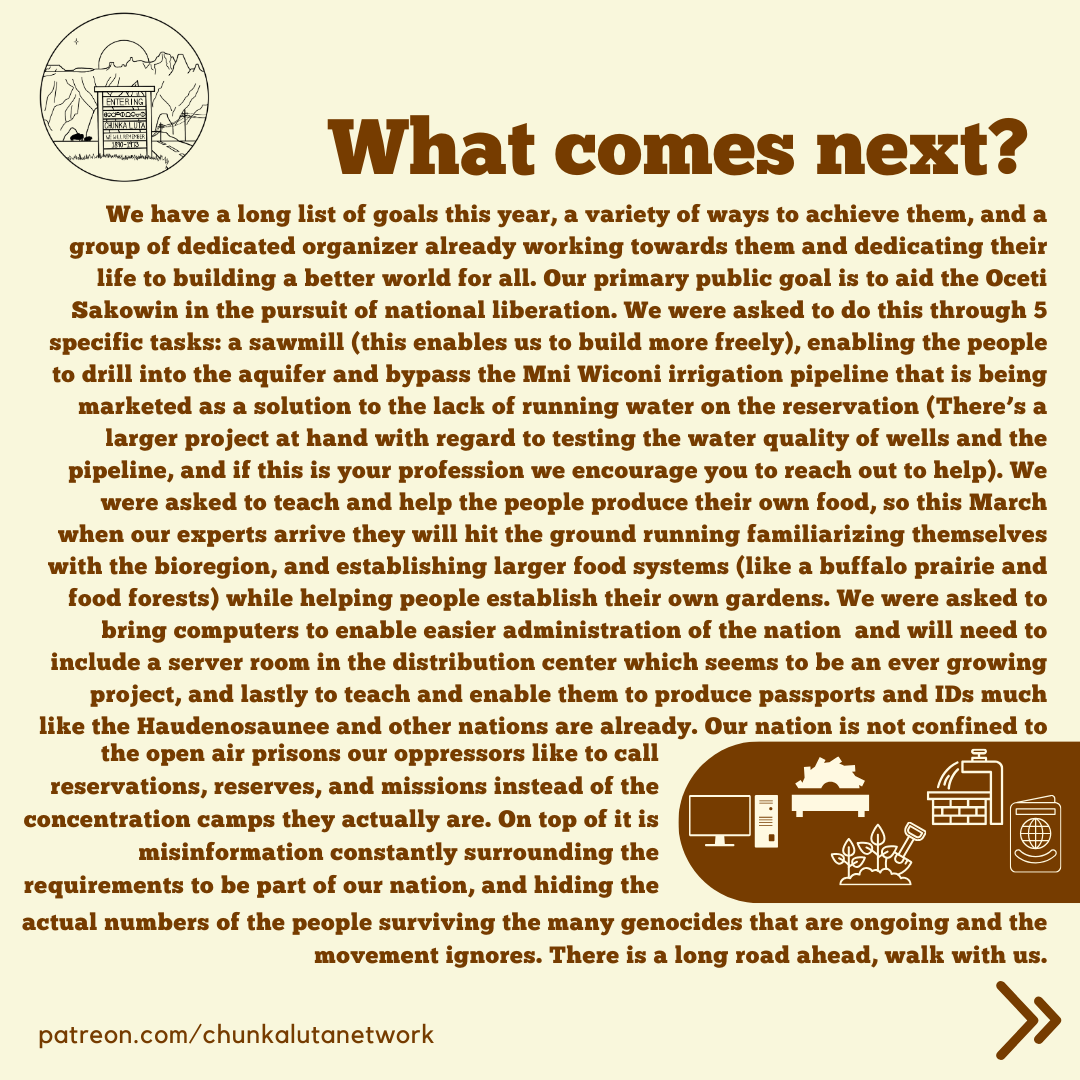
Our biggest goal is self determination through dual power systems during a war of position. Through this preparation we demonstrate an ability to build, plan, and lead. This we think is an important ability for any cadre, and we do this through building up cadres in different regions across the world.

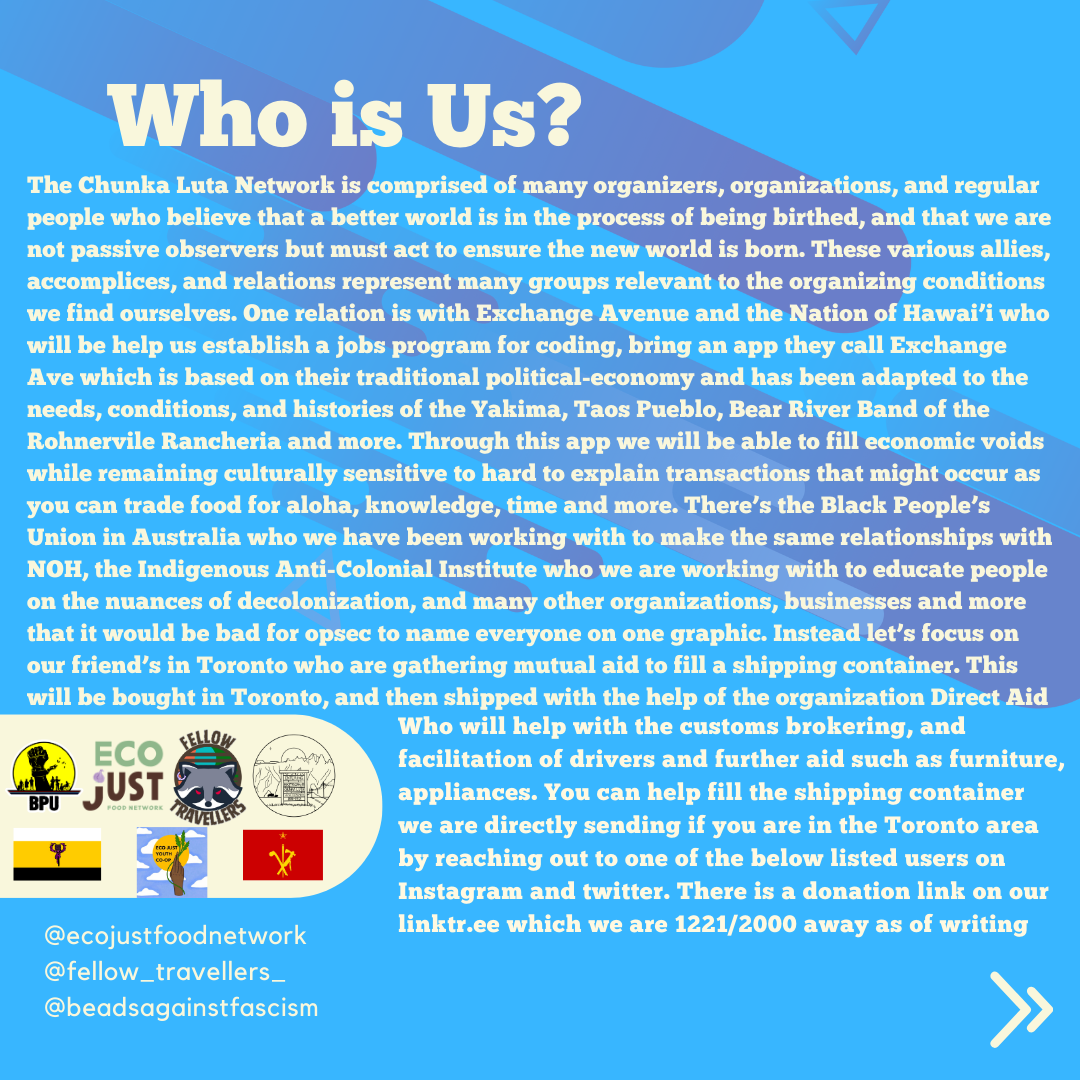
One of these groups is in Toronto and is working to send the shipping container we are raising money for to pay back the organizers who fronted the last portions to assure we got the container in time for the deadline.

We are of course most excited about the future so I encourage people to keep their eye out for the website where we will be uploading public viewable financial information, there we will also replace the patreon and liberapay but for now you can find links to those https://linktr.ee/chunkalutanetwork as well as various GFM links to efforts mentioned in the updates
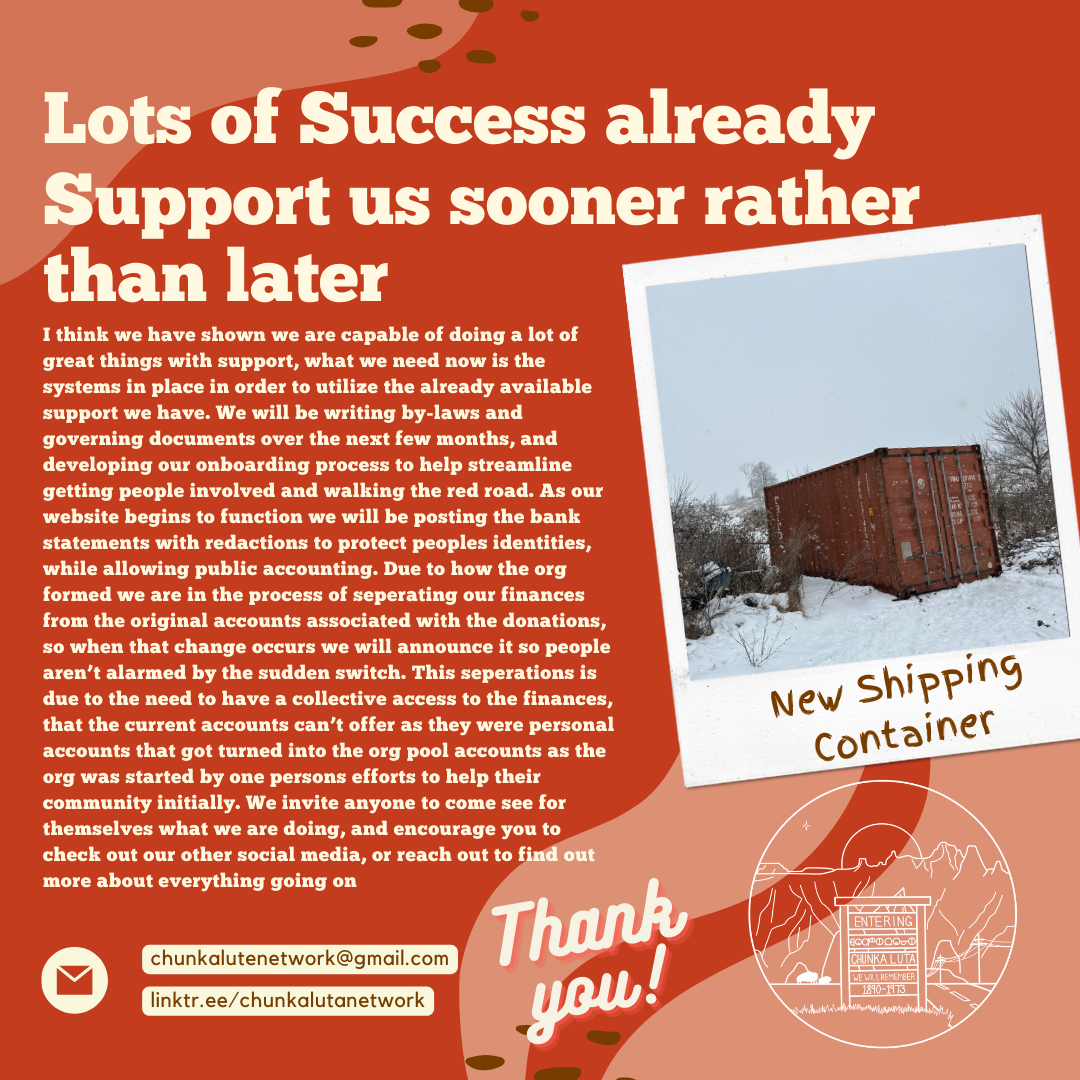
We are doing great things and I think everyone should check out our friends at the Nation of Hawai'i, Black Peoples Union in Australia, and more
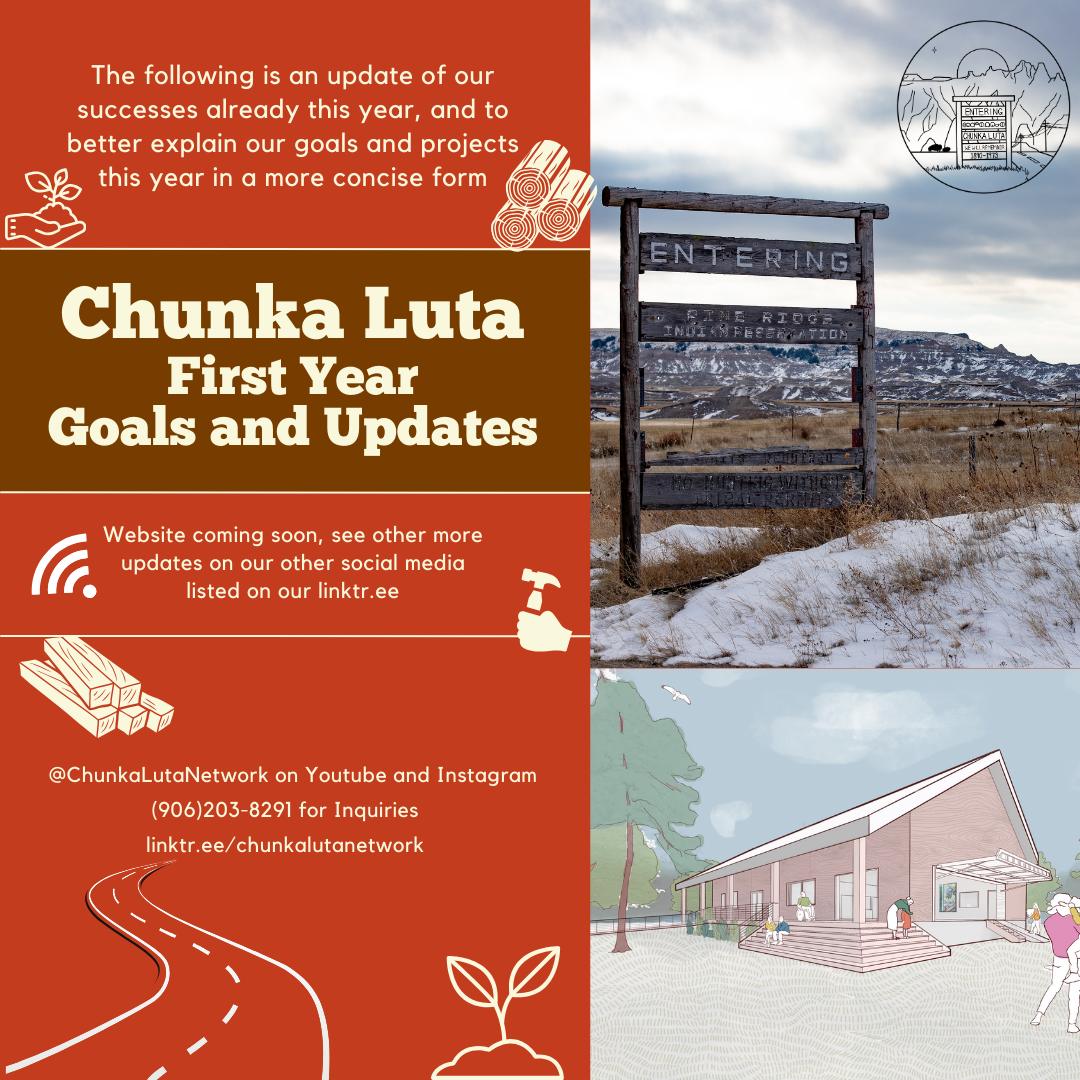
Here is a dossier we have been developing for the last year, that's gone through a review by the communities we serve, as well as our organizers, and now it is time for our public review: That is why I am posting this here

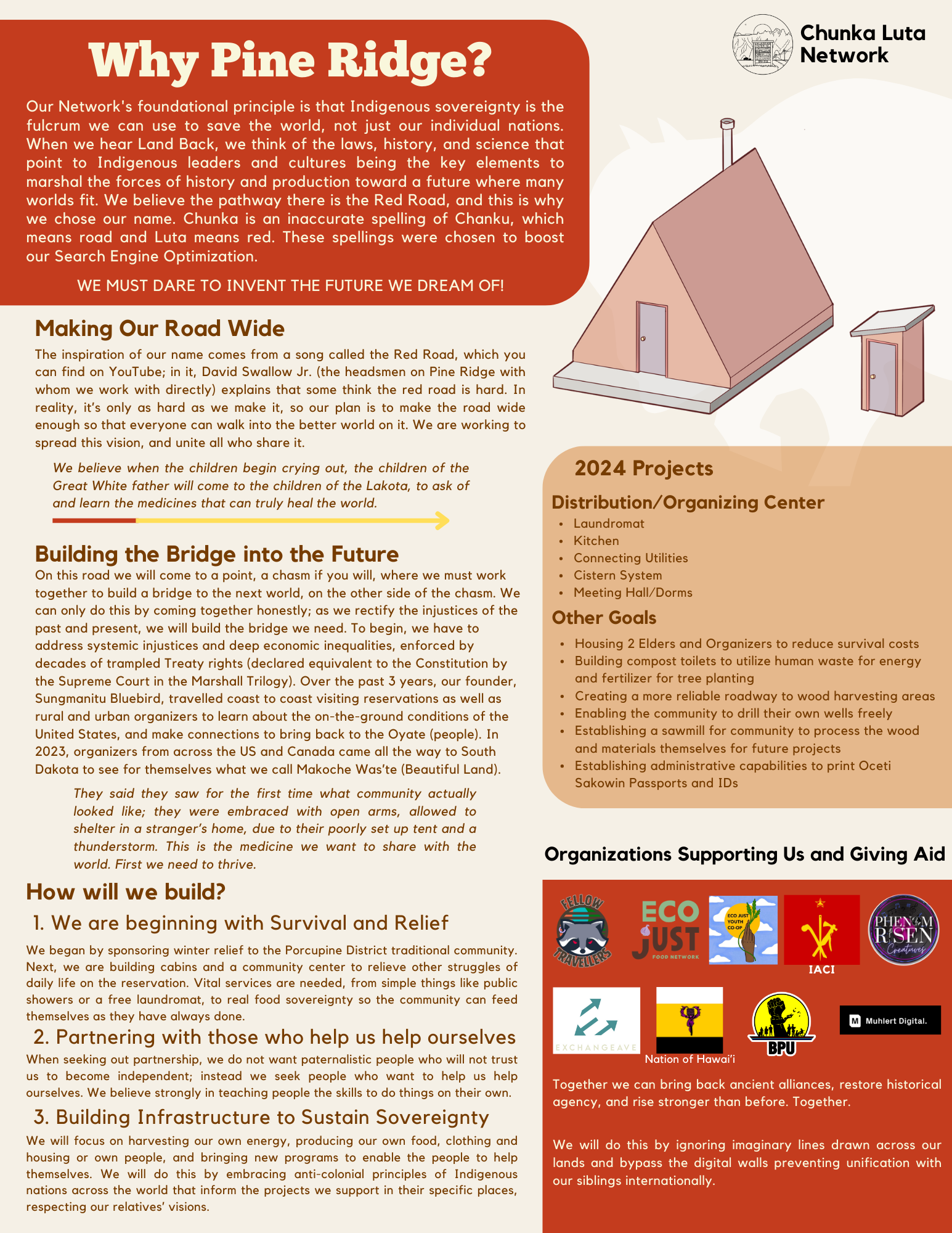
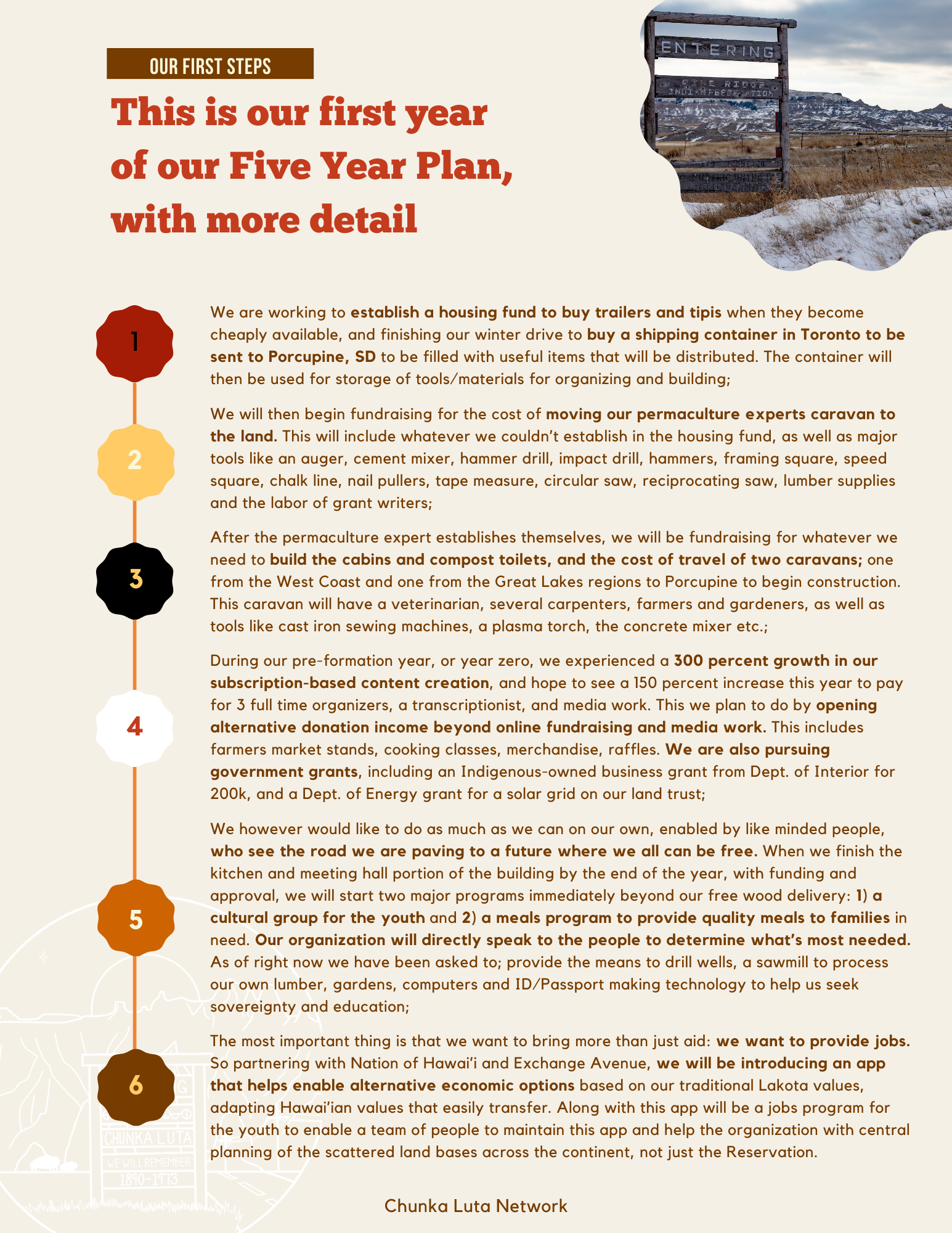
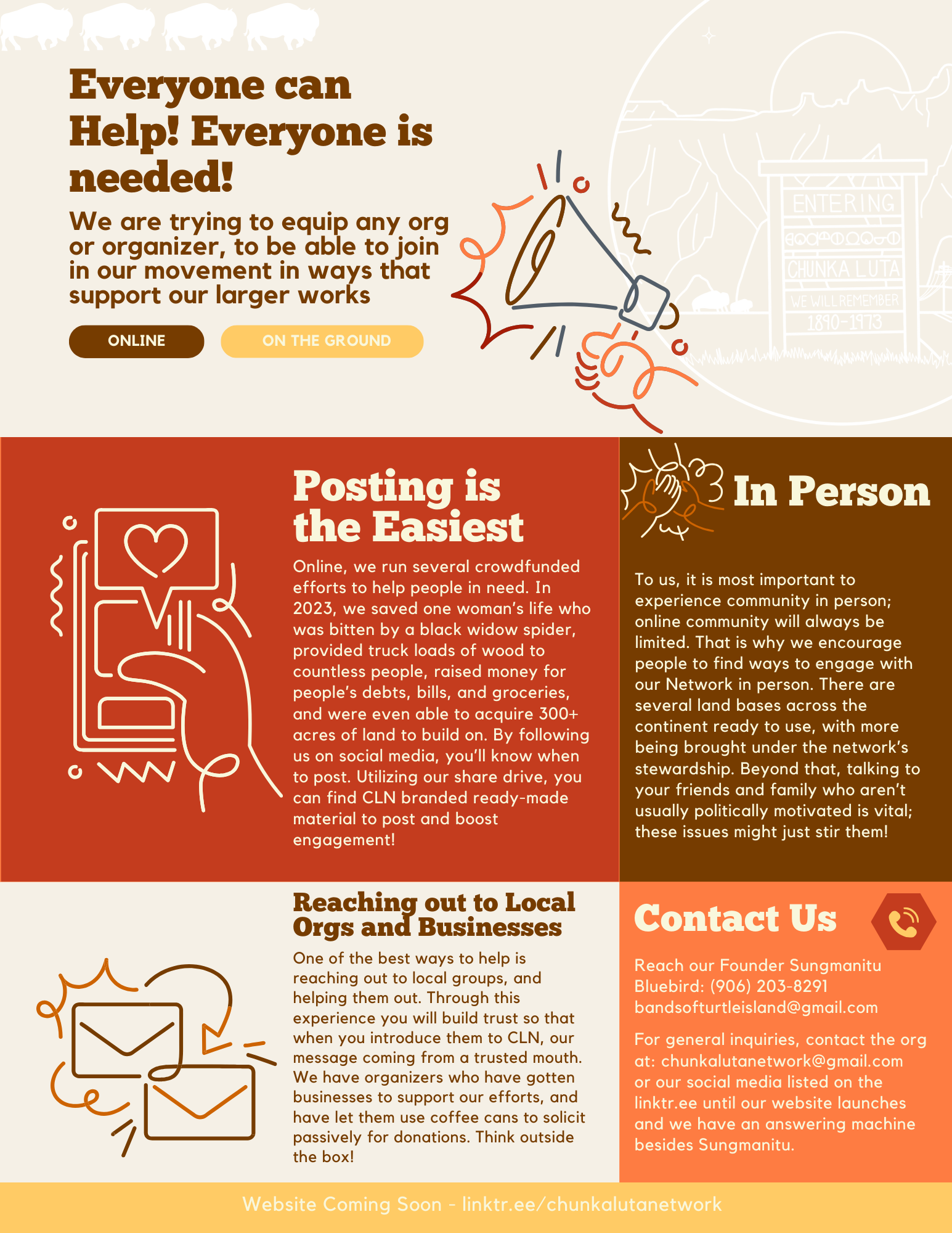




Along with videos in development, a further public five year plan, and several theoretical pieces of our unique contribution to the contemporary theoretical landscape, we have joined with the budding Indigenous Anti-Colonial Institute that you can find the first episode on youtube and spotify idk about anything else yet. Already this year we brought a 20' Uhaul full of wood, winter gear, hygiene materials, gardening materials, and whatever else we could fit like a child's bed. We also raised the money to purchase a new home on the land, are in the process of sending 40 lbs of socks to the Rez, raised 500/2500 of the storage container costs we need by the end of the month, are finalizing our Principles of Unity, facilitating 4 nation to nation treaties, are halfway to our goal of 2k a month to support our organizers survival with 500 stipends, and have raised several thousand dollars in the last day to keep folks alive during this deadly weather

I am attempting to bypass the character limit via the photos so forgive me. However we are on a great trajectory and the momentum is undeniable. On https://linktr.ee/chunkalutanetwork you can see several fundraising efforts we are doing and see our liberpay and patreon options to become monthly sustainers of our efforts, our website will be launching later this year, and really get involved. Help out. Theres so many ways and I think we are proving ourselves very capable at organizing great things, and you will see us move mountains this year. So follow our various social medias, and Im seriously going to try to engage here this year. I just hate social media in general and this doesnt give me a bright notification on my phone. We also highly encourage sharing and in our library (once I update the materials available) stuff like this will be readily accessible for your posting pleasure

https://youtu.be/4j48owNmquc?feature=shared here's a great video featuring more of the Swallow family, new media from the winter drive coming soon check out our linktr.ee/chunkalutanetwork for ways to support our work and organizing efforts.
yewtu.be
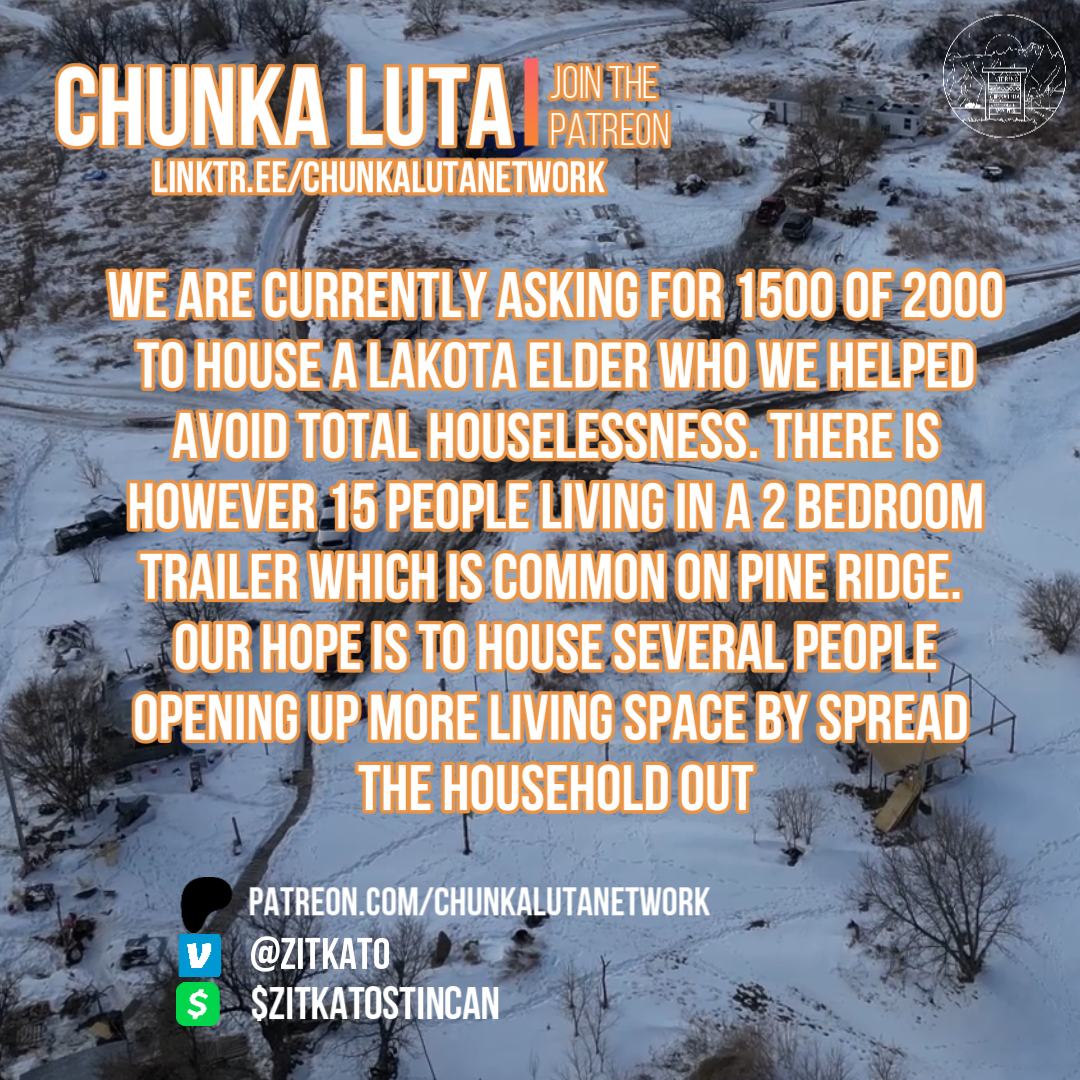
Finnish historian Pekka Hämäläinen – who hates the film ‘Dances with Wolves’ – wrote a book called ‘Indigenous Continent,’ in which he explains that the tribes of North America had notable military capacity and that their defeat was by no means inevitable
The defeat of Custer and his Seventh Cavalry at the hands of the Sioux and Cheyennes at Little Bighorn in 1876 was not at all a matter of bad luck on the part of the general and his troops. Rather, it was the logical and expected result of the Indigenous people being better strategists, more familiar with the terrain and tactically superior to the American soldiers.
By no means was this the only time in which the natives proved to be very capable of defeating the whites and imposing their own military dynamics from the beginning of the 16th century until the end of the 19th century. In a fascinating history of the American Indian Wars — Indigenous Continent: The Epic Contest for North America (2022) — Finnish historian Pekka Hämäläinen calls into question the inevitability of colonial expansionism. The researcher — who holds a doctorate in History from the University of Helsinki and is considered to be one of the world’s specialists in the conquest of North America — reveals how, on several occasions, the Indigenous people came close to inflicting a definitive defeat on the European colonial powers, as well as the United States. In fact, they nearly expelled these settlers from North America entirely.
In the revolutionary account by the 57-year-old Hämäläinen — who is currently the Rhodes Professor of American History at the University of Oxford — the Indigenous tribes of North America cease to be the usual passive victims, subject to an inexorable and irreversible destiny. Instead, in the book, they become powerful agents who dominated the continent for centuries after the arrival of the colonizers and represented a very serious threat to their plans of conquest.
by Monica Evans
- Over the past decade, several Māori iwi (tribes) in Aotearoa New Zealand have made history and fetched international recognition by gaining “legal personhood” status for natural features, including a forest (Te Urewera), a river (Te Awa Tupua), a mountain (Taranaki) and recently, whales and dolphins.
- The move has been mirrored by Indigenous groups and others around the world seeking to boost protections for critical landscapes and natural entities.
- Recognition of legal personhood is seen by some as a reconciliation tool, which can help to undo some of the harm caused by the colonial alienation from the natural world.
- Yet questions remain for Māori, and many other commentators, about the extent to which such a legal instrument can enact meaningful change within a capitalist system, and whether or not such efforts serve to distract from, or contribute to, deeper transformation.
RAGLAN, Aotearoa New Zealand — The wide, steep-cliffed Whanganui River ferries spring water and snowmelt from Mount Tongariro to the west coast of Aotearoa New Zealand’s North Island. Tracing its length by waka (Māori canoe), the steady surge of deep-green, mist-trimmed freshwater invokes a powerful presence.
For local iwi (Māori tribes), that presence is especially significant: Whanganui River is considered a literal, sentient ancestor who can be spoken and listened to. Damage to the watershed, such as pollution from agriculture and forestry and the construction of hydropower dams, thus has cultural and spiritual implications as well as environmental ones.
In 2017, the Whanganui watershed — termed Te Awa Tupua — made history as the first river to gain the rights of legal personhood, granting it formal recognition as a “spiritual and physical entity” that can be represented in a court of law.
Since then, there has been a flurry of attempts around the world — many of them successful — to grant rivers, mountains, forests and animals the status of a “legal person.”
Some Indigenous people welcome the phenomenon as a step toward a legal system that’s more aligned with, and hopefully more likely to effectively represent, their values and worldviews. Others, both Indigenous and non-Indigenous, see it as an odd sort of strategy for shifting how people relate to the natural world. But, says University of Canterbury legal scholar Rachael Evans, who affiliates with the Ngāti Tama and Ngāti Pamoana iwi, perhaps even stranger is the worldview we’ve used to manage natural resources in colonial systems to date.
- Illegal mining continues in the headwaters of the Tuichi River in northwestern Bolivia, with miners encroaching into the strictly protected areas of the Madidi National Park.
- As part of a project backed by La Paz’s government, a road is being built through the middle of the protected area,.
- Madidi’s park rangers are living under constant strain. They are threatened and attacked by miners, and are unable to enter some parts of the protected area to carry out their duties.
In Bolivia’s Madidi National Park, the Andes and the Amazon meet. Their landscapes gaze upon each other, converge and embrace with the full force of their diverse and vast vegetation. This natural wonder continues to resist the invasion of gold miners, who are advancing little by little across rivers and through Indigenous communities, destroying one of the most biodiverse reserves in the world. Illegal mining, the intimidation of park rangers and plans to build a highway through the middle of the park are threatening Madidi’s very existence.
Ruth Alipaz is an Indigenous leader and a representative from Bolivia’s National Coordinating Committee for the Defense of Indigenous Peasant Territories and Protected Areas (CONTIOCAP). She says that people in Madidi no longer live in peace, and blames illegal mining for destroying their lands. She claims that gold extraction is slowly spreading along the reserve’s Amazonian rivers and that the miners are constructing a road that crosses Madidi’s “strict protection” zone.
Alipaz explains that illegal mining is progressing along the Tuichi River, which crosses Madidi’s heartland. She adds that the miners, in collusion with some community members, have driven park rangers out of the area in order to extract gold without resistance. “They seem to be the lords and masters of the territory. They don’t realize that they are killing us little by little and that they are killing one of the most biodiverse reserves in the world,” she says.
By Levi Rickert August 12, 2024
Opinion. On July 30, Navajo Nation President Buu Nygren’s busy schedule was interrupted just before noon by the news Energy Fuels Resources had two trucks going through the Navajo Indian reservation carrying radioactive uranium ore. He contacted the Navajo police to attempt to halt the illegal transportation of uranium ore through the largest Indian reservation in the country.
The two trucks originated at the Pinyon Plain Mine, which is owned by Energy Fuels Resources and located near the Grand Canyon. The were traveling to the White Mesa Mill in southeastern Utah.
The uranium ore was transported by Energy Fuels Resources against the wishes of the Nygren and Navajo Nation Council Speaker Crystalyne Curley.
“They snuck through the Navajo Nation and made it onto the Utah side, outside the reservation,” Nygren said. “To me, they operated covertly to travel the Navajo Nation illegally. It’s very disappointing that they did that, that they smuggled uranium across our Nation, which is inappropriate.”
As leaders of the sovereign Navajo Nation, the leaders' concerns about the radioactive uranium being transported across their reservation is justified.
According to the U.S. Environmental Protection Agency (EPA), nearly 30 million tons of uranium ore were extracted on the Navajo Indian Reservation over four decades, from 1944 to 1986.
The greedy corporations that went onto the reservation and extracted uranium left the mines without proper cleanup. Today, there are 523 abandoned uranium mines on the Navajo Nation that have yet to be mitigated. The estimated total clean up costs exceed $1 billion.
The Great Pueblo Revolt, or Pueblo Revolt (1680–1696), was a 16-year period in the history of the American southwest when the Pueblo people overthrew the Spanish conquistadors and began to rebuild their communities. The events of that period have been viewed over the years as a failed attempt to permanently expel Europeans from the pueblos, a temporary setback to Spanish colonization, a glorious moment of independence for the Pueblo people of the American southwest, or part of a larger movement to purge the Pueblo world of foreign influence and return to traditional ways of life. It was no doubt a bit of all four.
The Spanish first entered the northern Rio Grande region in 1539 and its control was cemented in place by the 1599 siege of Acoma pueblo by Don Vicente de Zaldivar and a few score of soldier colonists from the expedition of Don Juan de Oñate. At Acoma's Sky City, Oñate's forces killed 800 people and captured 500 women and children and 80 men. After a "trial," everyone over the age of 12 was enslaved; all men over 25 had a foot amputated. Roughly 80 years later, a combination of religious persecution and economic oppression led to a violent uprising in Santa Fe and other communities of what is today northern New Mexico. It was one of the few successful—if temporary—forceful stoppages of the Spanish colonial juggernaut in the New World.
Life Under the Spanish
As they had done in other parts of the Americas, the Spanish installed a combination of military and ecclesiastical leadership in New Mexico. The Spanish established missions of Franciscan friars in several pueblos to specifically break up the Indigenous religious and secular communities, stamp out religious practices and replace them with Christianity. Active efforts to convert the Pueblo people to Christianity involved destroying kivas and other structures, burning ceremonial paraphernalia in public plazas, and using accusations of witchcraft to imprison and execute traditional ceremonial leaders.
The government also established an encomienda system, allowing up to 35 leading Spanish colonists to collect tribute from the households of a particular pueblo. Hopi oral histories report that the reality of the Spanish rule included forced labor, the seduction of Hopi women, raiding of kivas and sacred ceremonies, harsh punishment for failing to attend mass, and several rounds of drought and famine.
Growing Unrest
While the Pueblo Revolt of 1680 was the event that (temporarily) removed the Spanish from the southwest, it was not the first attempt. The Pueblo people had offered resistance throughout the 80-year period following the conquest. Public conversions didn't (always) lead to people giving up their traditions but rather drove the ceremonies underground. The Jemez (1623), Zuni (1639) and Taos (1639) communities each separately (and unsuccessfully) revolted. There also were multi-village revolts that took place in the 1650s and 1660s, but in each case, the planned revolts were discovered and the leaders executed.
The Pueblos were independent societies before Spanish rule, and fiercely so. What led to the successful revolt was the ability to overcome that independence and coalesce. Some scholars think it was a millenarian movement, and have pointed to a population collapse in the 1670s resulting from a devastating epidemic that killed off an estimated 80% of the Indigenous population, and it became clear that the Spanish were unable to explain or prevent epidemic diseases or calamitous droughts. In some respects, the battle was one of whose god was on whose side: both Pueblo and Spanish sides identified the mythical character of certain events, and both sides believed the events involved supernatural intervention.
Nonetheless, the suppression of Indigenous practices became particularly intense between 1660 and 1680, and one of the main reasons for the successful revolt appears to have occurred in 1675 when then-governor Juan Francisco de Trevino arrested 47 "sorcerers," one of whom was Po'pay of San Juan Pueblo.
Leadership
Po'Pay (or Popé) was a Tewa religious leader, and he was to become a key leader and perhaps primary organizer of the rebellion. Po'Pay may have been key, but there were plenty of other leaders in the rebellion. Domingo Naranjo, a man of African and Indigeneous heritage, is often cited, and so are El Saca and El Chato of Taos, El Taque of San Juan, Francisco Tanjete of San Ildefonso, and Alonzo Catiti of Santo Domingo.
Under the rule of colonial New Mexico, the Spanish deployed ethnic categories ascribing "Pueblo" to lump linguistically and culturally diverse people into a single group, establishing dual and asymmetric social and economic relationships between the Spanish and Pueblo people. Po'pay and the other leaders appropriated this to mobilize the disparate and decimated villages against their colonizers.
August 10–19, 1680
After eight decades of living under foreign rule, Pueblo leaders fashioned a military alliance that transcended longstanding rivalries. For nine days, together they besieged the capital of Santa Fe and other pueblos. In this initial battle, over 400 Spanish military personnel and colonists and 21 Franciscan missionaries lost their lives: the number of Pueblo people who died is unknown. Governor Antonio de Otermin and his remaining colonists retreated in ignominy to El Paso del Norte (what is today Cuidad Juarez in Mexico).
Witnesses said that during the revolt and afterward, Po'Pay toured the pueblos, preaching a message of nativism and revivalism. He ordered the Pueblo people to break up and burn the images of Christ, the Virgin Mary, and other saints, to burn the temples, smash the bells, and separate from the wives the Christian church had given them.
Revitalization and Reconstruction
Between 1680 and 1692, despite the efforts of the Spanish to recapture the region, the Pueblo people rebuilt their kivas, revived their ceremonies and reconsecrated their shrines. People left their mission pueblos at Cochiti, Santo Domingo and Jemez and built new villages, such as Patokwa (established in 1860 and made up of Jemez, Apache/Navajos and Santo Domingo pueblo people), Kotyiti (1681, Cochiti, San Felipe and San Marcos pueblos), Boletsakwa (1680–1683, Jemez and Santo Domingo), Cerro Colorado (1689, Zia, Santa Ana, Santo Domingo) There were many others.
The architecture and settlement planning at these new villages was a new compact, dual-plaza form, a departure from the scattered layouts of mission villages. Liebmann and Pruecel have argued that this new format is what the builders considered a "traditional" village, based on clan moieties. Some potters worked on reviving traditional motifs on their glaze-ware ceramics, such as the doubled-headed key motif, which originated fro, 1400–1450.
New social identities were created, blurring the traditional linguistic-ethnic boundaries that defined Pueblo villages during the first eight decades of colonization. Inter-Pueblo trade and other ties between Pueblo people were established, such as new trade relationships between Jemez and Tewa people which became stronger during the revolt era than they had been in the 300 years before 1680.
Reconquest Attempts by the Spanish to reconquer the Rio Grande region began as early as 1681 when the former governor Otermin attempted to take back Santa Fe. Others included Pedro Romeros de Posada in 1688 and Domingo Jironza Petris de Cruzate in 1689—Cruzate's reconquest was particularly bloody, his group destroyed Zia pueblo, killing hundreds of residents. But the uneasy coalition of independent pueblos wasn't perfect: without a common enemy, the confederation broke into two factions: the Keres, Jemez, Taos and Pecos against the Tewa, Tanos, and Picuris.
The Spanish capitalized on the discord to make several reconquest attempts, and in August of 1692, the new governor of New Mexico Diego de Vargas, initiated his own reconquest, and this time was able to reach Santa Fe and on August 14 proclaimed the "Bloodless Reconquest of New Mexico." A second abortive revolt occurred in 1696, but after it failed, the Spanish remained in power until 1821 when Mexico declared independence from Spain.
Ysleta del Sur Pueblo
The Tribal community known as "Tigua" established Ysleta del Sur in 1682. After leaving the homelands of Quarai Pueblo due to drought, the Tigua sought refuge at Isleta Pueblo and were later captured by the Spanish during the 1680 Pueblo Revolt and forced to walk south for over 400 miles. The Tigua settled and built the Ysleta del Sur Pueblo and, soon after, the acequia (canal) system that sustained a thriving agricultural-based community.
A BRIEF HISTORY OF THE PUEBLO REVOLT
Megathreads and spaces to hang out:
- 📀 Come listen to music and Watch movies with your fellow Hexbears nerd, in Cy.tube
- 🔥 Read and talk about a current topics in the News Megathread
- ⚔ Come talk in the New Weekly PoC thread
- ✨ Talk with fellow Trans comrades in the New Weekly Trans thread
- 👊 Share your gains and goals with your comrades in the New Weekly Improvement thread
reminders:
- 💚 You nerds can join specific comms to see posts about all sorts of topics
- 💙 Hexbear’s algorithm prioritizes comments over upbears
- 💜 Sorting by new you nerd
- 🌈 If you ever want to make your own megathread, you can reserve a spot here nerd
- 🐶 Join the unofficial Hexbear-adjacent Mastodon instance toots.matapacos.dog
Links To Resources (Aid and Theory):
Aid:
Theory:

Jodi Byrd writes: "The story of the new world is horror, the story of America a crime." It is necessary, she argues, to start with the origin of the United States as a settler-state and its explicit intention to occupy the continent. These origins contain the historical seeds of genocide. Any true history of the United States must focus on what has happened to (and with) Indigenous peoples--and what still happens. It's not just past colonialist actions but also "the continued colonization of American Indian nations, peoples, and lands" that allows the United States "to cast its imperialist gaze globally" with "what is essentially a settler colony's national construction of itself as an ever more perfect multicultural, multiracial democracy," while "the status of American Indians as sovereign nations colonized by the United States continues to haunt and inflect its raison d'etre." Here Byrd quotes Lakota Scholar Elizabeth Cook-Lynn, who spells out the connection between the "Indian wars" and the Iraq War:
"The current mission of the United States to become the center of political enlightenment to be taught to the rest of the world began with the Indian wars and has become the dangerous provocation of this nation's historical intent. The historical connection between the Little Big Horn event and the "uprising" in Baghdad must become part of the political dialogue of America if the fiction of decolonization is to happen and the hoped for deconstruction of the colonial story is to come about.
A "race to innocence" is what occurs when individuals assume that they are innocent of complicity in structures of domination and oppression. This concept captures the understandable assumption made by new immigrants or children of recent immigrants to any country. They cannot be responsible, they assume, for what occurred in their adopted country's past. Neither are those who are already citizens guilty, even if they are descendants of slave owners, Indian killers, or Andrew Jackson himself. Yet, in a settler society that has not come to terms with its past, whatever historical trauma was entailed in settling the land affects the assumptions and behavior of living generations at any given time, including immigrants and the children of recent immigrants.
In the United States the legacy of settler colonialism can be seen in the endless wars of aggression and occupations; the trillions spent on war machinery, military bases, and personnel instead of social services and quality public education; the gross profits of corporations, each of which has greater resources and funds than more than half the countries in the world yet pay minimal taxes and provide few jobs for US citizens; the repression of generation after generation of activists who seek to change the system; the incarceration of the poor, particularly descendants of enslaved Africans; the individualism, carefully inculcated, that on the one hand produces self-blame for personal failure and on the other exalts ruthless dog-eat-dog competition for possible success, even though it rarely results; and high rates of suicide, drug abuse, alcoholism, sexual violence against women and children, homelessness, dropping out of school, and gun violence.
These are symptoms, and there are many more, of a deeply troubled society, and they are not new. The large and influential civil rights, student, labor, and women's movements of the 1950s through the 1970s exposed the structural inequalities in the economy and the historical effects of more than two centuries of slavery and brutal genocidal wars waged against Indigenous peoples. For a time, US society verged on a process of truth seeking regarding past atrocities, making demands to end aggressive wars and to end poverty, witnessed by the huge peace movement of the 1970s and the War on Poverty, affirmative action, school busing, prison reform women's equity and reproductive rights, promotions of the arts and humanities, public media, the Indian Self-Determination Act, and many other initiatives.
A more sophisticated version of the race to innocence that helps perpetuate settler colonialism began to develop in social movement theory in the 1990s, popularized in the work of Michael Hardt and Antonio Negri. Commonwealth, the third volume in a trilogy, is one of a number of books in an academic fad of the early twenty-first century seeking to revive the Medieval European concept of the commons as an aspiration for contemporary social movements. Most writings about the commons barely mention the fate of Indigenous peoples in relation to the call for all land to be shared. Two Canadian scholar-activists, Nandita Sharma and Cynthia Wright, for example, do not mince words in rejecting Native land claims and sovereignty, characterizing them as xenophobic elitism. They see Indigenous claims as "regressive neo-racism in light of the global diasporas arising from oppression around the world."
Cree scholar Lorraine LeCamp calls this kind of erasure of Indigenous peoples in North America "terranullism," harking back to the characterization, the under the Doctrine of Discovery, of purportedly vacant lands as terra nullis. This is a kind of no-faul history. From the theory of a liberated future of no borders and nations, of a vague commons for all, the theorists obliterate the present and presence of Indigenous nations struggling for their liberation from states of colonialism. Thereby, Indigenous rhetoric and programs for decolonization, nationhood, and sovereignty are, according to this project, rendered invalid and futile. From the Indigenous perspective, as Jodi Byrd writes, "any notion of the commons that speaks for and as indigenous as it advocates transforming indigenous governance or incorporating indigenous peoples into a multitude that might then reside on those lands forcibly taken from indigenous peoples does nothing to disrupt the genocidal and colonialist intent of the initial and now repeated historical process."
Roxanne Dunbar-Ortiz, An Indigenous Peoples' History of the United States
- For thousands of years, Kettle Falls was a vital salmon fishing ground for the Sinixt, but early 20th-century dam construction blocked salmon migration.
- Wrongfully declared extinct in Canada in 1956, the Sinixt fought for recognition and were officially acknowledged as Aboriginal Peoples of Canada in 2021.
- In 2023, the U.S. government signed a $200 million agreement with a coalition of tribes, including the Sinixt, to fund an Indigenous-led salmon reintroduction program into the Columbia River system above dams in Washington.
- Sinixt leaders say this project is an important effort to help right a historical wrong in the legacy that led to their “extinction” status, while many hope to one day join salmon efforts on their traditional territory in Canada.
NELSON, British Columbia — For thousands of years, the stretch of the Columbia River that passed through Kettle Falls, Washington, was so full of life that it was said you could cross it on the backs of salmon.
But in the early 20th century, major dam construction — most significantly the Grand Coulee Dam — blocked salmon from migrating upstream to spawn. From then on, a way of life that had lasted millennia ended abruptly.
“My grandmother’s earliest childhood memory was going to Kettle Falls,” says Aaron Fitzpatrick, a registered member of the Colville Confederated Tribes (CCT) and Sinixt Confederacy.
Kettle Falls was once one of the Pacific Northwest’s most significant salmon fishing grounds with historical reports of Indigenous fishers catching from 400-1,700 large salmon a day. Two centuries ago, at least 10 million salmon, like the chinook (Oncorhynchus tshawytscha) and sockeye (O. nerka), swam the river. Today, that number is 1 million.
“When the salmon used to run before the dam, [my grandmother] went out into the center of the river and watched her father net salmon,” Fitzpatrick tells Monagaby. “Salmon was our lifeblood before the dams.”
Now, after decades of advocating to bring salmon back to Kettle Falls and the Upper Columbia River (shwan-etk-qwa in the Sinixt language), Fitzpatrick and other Sinixt are beginning to have some hope. In September 2023, the federal U.S. government signed a $200 million agreement with a coalition of tribes to reintroduce salmon above the Grand Coulee Dam into the Upper Columbia River system over 20 years. Almost a year later, the project is now in full swing.
“For us Sinixt, we’re not going to be whole as a community and as a people until the salmon are returned to the Upper Columbia,” he says.
For many, it’s also an effort to address a legacy that led to their peoples’ extinction status.
- Semá:th Xhotsa, or Sumas Lake, in Canada was the center of First Nations’ food system and culture, before European colonists drained it in 1924 to create farmland.
- Almost 100 years later, catastrophic flooding threatens to refill the lake and displace the farmers.
- First Nations people and university researchers have proposed restoring the lake ecosystem to adapt to climate change-driven flooding, and as a method of reparation, but the local government is pushing back.
The Fraser Valley is home to some of Canada’s most important agricultural land, but 100 years ago this region was a huge glacial lake and the center of the Semá:th people’s food system.
“The lake provided everything that the Nations needed,” says Troy Ganzeveld, councilor for the Semá:th Nation.
The area now faces an uncertain future, as current residents of the lakebed struggle to keep it dry, and the lake fights to return. In response, the Semá:th people and researchers are calling for the lake’s restoration to address the harms of the past while adapting to future climate change.
Semá:th Xhotsa, also known as Sumas Lake, was located in what is today the Lower Fraser Valley of British Columbia province. First Nations’ food systems relied directly on the lake. There were ducks, geese, salmon, sturgeon, clams, wild hazelnuts and strawberries. Residents traveled on the lake by canoe to hunt deer and elk on islands. For the Semá:th people, the lake was the primary source of food and central to their culture as a gathering place.
European settlers began to occupy British Columbia in the 1850s, taking land to establish European-style agriculture. By the 1920s, the colonists had developed a plan to drain Semá:th Xhotsa to create farmland, and by 1924 the lake was drained into a human-made canal and the nearby Fraser River.
Over the past century, the region has changed dramatically: less than 30% of the native vegetation remains, and more than 85% of floodplain habitat and 64% of streams in the area have been lost.
Almost a century after the lake was drained, in November 2021, the landscape abruptly transformed again: the lake started to return. Atmospheric rivers inundated parts of British Columbia, causing catastrophic flooding. In the Fraser Valley, pump stations and dikes that had managed flooding on the lakebed for decades were overwhelmed.
Tecumseh (c. 1768 – October 5, 1813) was a Shawnee chief and warrior who promoted resistance to the expansion of the United States onto Native American lands. A persuasive orator, Tecumseh traveled widely, forming a Native American confederacy and promoting intertribal unity. Even though his efforts to unite Native Americans ended with his death in the War of 1812, he became an iconic folk hero in American, Indigenous, and Canadian popular history.
Tecumseh was born in what is now Ohio at a time when the far-flung Shawnees were reuniting in their Ohio Country homeland. During his childhood, the Shawnees lost territory to the expanding American colonies in a series of border conflicts. Tecumseh's father was killed in battle against American colonists in 1774. Tecumseh was thereafter mentored by his older brother Cheeseekau, a noted war chief who died fighting Americans in 1792. As a young war leader, Tecumseh joined Shawnee Chief Blue Jacket's armed struggle against further American encroachment, which ended in defeat at the Battle of Fallen Timbers in 1794 and with the loss of most of Ohio in the 1795 Treaty of Greenville.
In 1805, Tecumseh's younger brother Tenskwatawa, who came to be known as the Shawnee Prophet, founded a religious movement that called upon Native Americans to reject European influences and return to a more traditional lifestyle. In 1808, Tecumseh and Tenskwatawa established Prophetstown, a village in present-day Indiana, that grew into a large, multi-tribal community. Tecumseh traveled constantly, spreading the Prophet's message and eclipsing his brother in prominence. Tecumseh proclaimed that Native Americans owned their lands in common and urged tribes not to cede more territory unless all agreed. His message alarmed American leaders as well as Native leaders who sought accommodation with the United States. In 1811, when Tecumseh was in the South recruiting allies, Americans under William Henry Harrison defeated Tenskwatawa at the Battle of Tippecanoe and destroyed Prophetstown.
In the War of 1812, Tecumseh joined his cause with the British, recruited warriors, and helped capture Detroit in August 1812. The following year he led an unsuccessful campaign against the United States in Ohio and Indiana. When U.S. naval forces took control of Lake Erie in 1813, Tecumseh reluctantly retreated with the British into Upper Canada, where American forces engaged them at the Battle of the Thames on October 5, 1813, in which Tecumseh was killed. His death caused his confederacy to collapse. The lands he had fought to defend were eventually ceded to the U.S. government. His legacy as one of the most celebrated Native Americans in history grew in the years after his death, although details of his life have often been obscured by mythology.
Megathreads and spaces to hang out:
- 📀 Come listen to music and Watch movies with your fellow Hexbears nerd, in Cy.tube
- 🔥 Read and talk about a current topics in the News Megathread
- ⚔ Come talk in the New Weekly PoC thread
- ✨ Talk with fellow Trans comrades in the New Weekly Trans thread
- 👊 Share your gains and goals with your comrades in the New Weekly Improvement thread
reminders:
- 💚 You nerds can join specific comms to see posts about all sorts of topics
- 💙 Hexbear’s algorithm prioritizes comments over upbears
- 💜 Sorting by new you nerd
- 🌈 If you ever want to make your own megathread, you can reserve a spot here nerd
- 🐶 Join the unofficial Hexbear-adjacent Mastodon instance toots.matapacos.dog
Links To Resources (Aid and Theory):
Aid:
Theory:

Every August for the past six years, members of Leonard Peltier’s family have held a reunion. This year, they hoped he might be able to finally join them.
But on July 2, their hopes were shattered when the imprisoned Native American activist was once again denied parole, after 47 years behind bars.
Peltier, 79, is serving two consecutive life sentences for his role in a 1975 shootout on the Pine Ridge Reservation in South Dakota that resulted in the deaths of two federal agents.
To this day, he maintains his innocence. His freedom has become a cause célèbre among civil rights and Indigenous advocates, who accuse law enforcement of suppressing evidence and coercing witnesses in order to secure a conviction on first-degree murder charges.
Some of his supporters even consider him the longest-serving political prisoner in the United States.
But Peltier’s relatives say his lengthy incarceration has exacted its own punishment on the family, which has struggled to scrape together funds and fend off blowback from the high-profile case.
Chauncey Peltier, his oldest son, remembers Peltier advising him to take his distance from the decades-long legal fight and “live [his] life”.
“I tried that,” Chauncey said. “But being Leonard's son, it's like a little cloud over you.”
- Gold mining has played a significant role in the colonization of the Mato Grosso region of Brazil, starting with the bandeirantes in the 18th century and reignited by the garimpeiros in the 1970s.
- The gold rush continued in the placer mining camps called garimpos across the region, extending to other states including Rondônia, Amazonas, Roraima and Amapá, and several Indigenous lands have been encroached upon.
- With increased political influence over decades, the gold mines continued to persistently invade Indigenous territories, notably the Yanomami and the Macuxi, while several rivers have been polluted by mercury and cyanide from the extractive industry.
Gold was central to the colonization of the Mato Grosso state area. The state’s current capital city, Cuiabá, was founded by bandeirantes, settlers in Portuguese Brazil from São Paulo, who discovered gold in the region in 1719. As they explored, they found gold in the upper reaches of the Rio Guaporé, which led to the creation of the first capital of Mato Grosso at Vila Bela da Santíssima Trindade in 1731.
The gold rush of the 1970s and 1980s attracted tens of thousands of garimpeiros into previously remote regions. There are no reliable estimates of the quantity of gold they extracted, but it is widely assumed the demographic surge, and the capital derived from gold, accelerated the development of the state’s agricultural economy. Many garimpeiros became small farmers and ranchers, particularly in northern municipalities where INCRA sponsored a half dozen settlement projects. As in Pará, they have retained both their knowledge and propensity to exploit alluvial gold, which has shown a resurgence of activity in the old garimpos located near Alta Floresta and Pontes de Lacerda.
The most controversial corporate project in the Brazilian Amazon is located near the Volte Grande on the Xingu River just a few kilometers from the Belo Monte hydropower dam. The proposed mine would exploit a world-class gold deposit on a greenstone deposit that was first exploited by garimpeiros in the 1960s (Garimpo Itatá). The project developer, the Canadian company Belo Sun, acquired the concession in 2013. The proposed open-pit mine has ‘proven or probable’ reserves of 3.8 million ounces of gold and is projected to generate profits of US$2 to US$5 billion over a seventeen-year lifetime. Opposition to the project has focused on the danger of a catastrophic failure of its cyanide ponds and tailing storage facilities that would contaminate the lower stretches of the Rio Xingu. Concern over the potential impact is magnified by the reduced water flows caused by the Pimentel Dam which diverts about 75 per cent of the river’s water flow to the Belo Monte hydropower plant.
At least 973 Indigenous children died while attending boarding schools run or supported by the United States government, a federal report has found, prompting calls for an apology for the pain suffered at the abuse-riddled institutions.
The report, released on Tuesday and commissioned by US Secretary of the Interior Deb Haaland, found dozens of marked and unmarked graves at 65 of the more than 400 US boarding schools that were established across the country.
The findings don’t specify how each child died, but the causes of death included sickness, accidents and abuse during a 150-year period that ended in 1969, officials said.
The schools were set up to forcibly assimilate Indigenous children into white society, and survivors have described the intergenerational trauma their families and communities continue to experience as a result of the institutions.
On Tuesday, Energy Fuels Resources, the company that owns a uranium mine near the South Rim of the Grand Canyon, began hauling ore to a mill in southern Utah.
In a statement, the company said the shipments are safe, have low levels of radiation and have been permitted by state and federal regulators.
But the transport route includes a large swath of the Navajo Nation, which opposes the mine and has outlawed uranium hauling through its lands.
Navajo President Buu Nygren quickly sent out Navajo police in an effort to turn the trucks back, but the shipments eventually passed through the reservation on highways regulated by state agencies.
The president has vowed to stop any future uranium hauling and spoke with KNAU’s Ryan Heinsius about the tribe’s response.
the president mentioned setting up roadblocks bc the company, Energy Fuels, failed to fulfill its promises of notifying the tribe before sending shipments of uranium through their territory. the tribe did not know abt the shipment until the trucks were already gone
by Astrid Arellano
- The Sierra del Divisor Occidental Indigenous Reserve, created in May 2024, spans over half a million hectares (over 1.2 million acres) in the Peruvian departments of Ucayali and Loreto.
- The Indigenous People’s Regional Organization of the Eastern Amazon (ORPIO) described the creation of the reserve as a victory — not only for the Indigenous people who call it home, but also for those who defend human rights and the environment in Peru.
- Indigenous activists say the government must now create a protection plan for the reserve in order to guarantee not only the protection of Indigenous people living in isolation and initial contact, but also to support the communities surrounding the reserve in fulfilling their basic needs.
In May 2024, Indigenous organizations in Peru’s Amazon achieved a milestone in a campaign that lasted for almost two decades. Indigenous peoples living in isolation and initial contact (PIACI) will be protected within the recently declared Sierra del Divisor Occidental Indigenous Reserve, a territory they’ve long inhabited — and place where they have historically faced pressures that threaten their existence.
The Indigenous reserve spans 515,114 hectares (over 1.2 million acres) in the Peruvian departments of Ucayali and Loreto. The Peruvian government officially recognized several isolated Indigenous communities that will be protected within the reserve: the Remo (or Isconahua), the Mayoruna (Matsé and Matís), and the Kapanawa.
“We are going to pay attention and fight for the defense of our PIACI brothers and their rights. We want this wonder of the human race, which still exists in this corner of the world in which we live, to be respected for decades,” said Apu Beltrán Sandi Tuituy, the president of the Indigenous People’s Regional Organization of the Eastern Amazon (ORPIO). ORPIO is a collection of 40 Peruvian Indigenous federations and is one of the Indigenous organizations that promoted the creation of the reserve.
Following Haniyeh’s killing in Iran, we take a look at his life and legacy.
Hamas political leader Ismail Haniyeh has been killed in Iran’s capital Tehran.
Haniyeh, 62, had attended the swearing-in ceremony of Iran’s newly elected President Masoud Pezeshkian on Tuesday shortly before he was assassinated.
Tanzania has been forcibly evicting Indigenous Maasai from their ancestral lands, a Human Rights Watch (HRW) report says.
The report, published on Wednesday, found that the Tanzanian government aims to relocate more than 82,000 people from lands it has earmarked for “conservation and tourism purposes”.
The programme, launched in 2022, aims to move people living in the Ngorongoro Conservation Area (NCA), home to the Maasai for generations, to Msomera village, which is roughly 600km (370 miles) away.
Amid the push, tension has erupted between the authorities and the nomadic community, at times resulting in deadly clashes.
HRW interviewed nearly 100 people, including community members who had already moved to Msomera village and others who were facing relocation, between August 2022 and December 2023.
While Tanzania’s nomadic community has been allowed to live within some national parks, authorities say that as the population increases, it encroaches on wildlife habitats.
Australia has sanctioned a number of Israeli settlers in the occupied West Bank, joining a growing number of countries to introduce penalties for illegal acts against Palestinians.
This comes days after the International Court of Justice (ICJ) issued a nonbinding opinion that all Israeli settlement activity on Palestinian land is illegal and must stop as soon as possible.
In February, the administration of United States President Joe Biden blacklisted four Israeli settlers for their roles in attacking Palestinians and Israeli activists, which would mean a freeze on any potential US-based assets.
On July 11, Washington sanctioned three more Israeli settlers and four illegal outposts in addition to a violent umbrella group for settlers.
The European Union joined in several days later, approving “restrictive measures” against five people and three entities responsible for “serious and systematic human rights abuses against Palestinians in the West Bank”.
The sanctions freeze assets, block provision of funds or economic resources, and impose a travel ban to the 27-nation bloc.
Have the sanctions actually curbed the violence or stopped settlements?
The limited sanctions and the tame rhetoric have done nothing to deter the Israeli government or settlers, who have been attacking Palestinians and seizing land at an unprecedented rate since the start of the war on Gaza, which has killed more than 39,000 Palestinians.
Since the war started on October 7, at least 563 Palestinians also have been killed in the occupied West Bank, mostly by Israeli soldiers, according to the United Nations.
There have been at least 1,143 attacks by Israeli settlers against Palestinians in that time resulting in casualties or damage to Palestinian property, the UN said.
Israeli authorities have demolished, sealed, confiscated or forced the demolition of 1,247 Palestinian structures across the West Bank since the start of the war, of which 39 per cent (481 structures) were inhabited homes, according to UN figures. At least 2,836 people, including 1,245 children, have been displaced.
On this day, July 27th, 1816, troops of the United States military assaulted and blew up an African-American and Native American settlement on the frontier of Spanish Florida during the Battle of Negro Fort. Negro Fort had served as a refuge for freed men and women, as well as those fleeing slavery in the South. Because of this, Georgian plantation owners feared it as a threat to the institution of slavery.
The battle that ensued in 1816 at the fort is remembered today as the beginning of General Andrew Jackson’s conquest of Florida and as either the forerunner to or first engagement of the Seminole Wars. The First Seminole War began in earnest the following year, 1817, and lasted until 1819, arising from the tension that resulted from Jackson’s expedition into Northern Florida. After the First Seminole War, the group was forced to move deeper into Florida for fear of additional reprisals.
Negro Fort, near the former British Fort Gadsden, was established after the War of 1812, when the British Royal Marines were pushed out of Georgia and settled along the Spanish side of the Apalachicola River. Initially, the fort and the surrounding area was a mix of British, African-Americans, and Native Americans. The African-American population present at Negro Fort was a detached unit of the Corps of Colonial Marines, Marine units composed of former slaves that served in the British Army.
After the end of the War of 1812, the British left the area and paid off the Marines, freeing the infantry to reside at the fort. The foundation of the black community with many former slaves so close to America loomed large in the minds of the slave owners across the border. Over the next months, hundreds of freed men and women migrated to the fort and settled there or in the area. Once word began circulating about the autonomous free black community, Georgian plantation owners sent letters to the U.S. government demanding that action be taken against them. Colonel Robert Patterson urged for the fort’s elimination, stating “The service rendered by the destruction of the fort, and the band of negroes who held it is one of great and manifest importance to the United States and particularly those States bordering on the Creek nation, as it had become the rendezvous for runaway slaves.”
In preparation to destroy Negro Fort, Jackson decided to build Fort Scott out of Camp Crawford in June of 1816 at the junction of the Flint and Chattahoochee rivers, where they joined to form the Apalachicola. To receive materials and supplies, boats going to Fort Scott needed to traverse the Apalachicola River–then Spanish territory–passing right next to Negro Fort on the way. During one of the deliveries, two gunboats stopped along the river and were met with an attack by the infantry at the fort. Almost all of the Americans were killed. The event is known as the Watering Party Massacre since they had stopped to refill their canteens. Much controversy exists today surrounding the event, specifically the idea that the event was planned by Jackson to use as justification for destroying Negro Fort. To retaliate, with the permission of the Spanish Governor and under the pretense of “national defense,”Jackson dispatched gunboats to Negro Fort. About 200 black militiamen began preparation for battle. They were accompanied by 30 Seminole warriors under a chief also ready to fight, along with 100 women and children housed in the fort.
After only a couple minutes of engagement, a cannonball entered the fort’s magazine, where ammunitions were kept, and caused an explosion that destroyed the entire post. The explosion killed 270 men, women, and children. The rest of the population suffered injuries. No casualties for the Americans were noted. General Edmund P. Gaines, who led the American troops, commented that “the explosion was awful and the scene was horrible beyond description.” Many of the survivors at the fort were taken prisoner and placed back into slavery under the claim that the Georgia plantation owners had owned their ancestors.
Both the black commander Garson, a free black man, and the Choctaw chief survived the explosion, but were captured. Garson was killed by an execution squad of the American army, as he was blamed for the Watering Party Massacre, and the Choctaw chief was handed over to the Creeks, who killed and scalped him. The Battle at Negro Fort marks the beginning of the First Seminole War and in no way depicts the end of suffering for the Seminole population in Florida. It also highlights the end of a unique population of people who transcended oppression, forming their community in hopes of freedom and diversity. After mourning the losses at Negro Fort, the Seminole population would mobilize and continue in their pursuit of avenging the forthcoming American expansionism.
from: Massacre Unveiled: Remembering the Negro Fort
Megathreads and spaces to hang out:
- 📀 Come listen to music and Watch movies with your fellow Hexbears nerd, in Cy.tube
- 🔥 Read and talk about a current topics in the News Megathread
- ⚔ Come talk in the New Weekly PoC thread
- ✨ Talk with fellow Trans comrades in the New Weekly Trans thread
reminders:
- 💚 You nerds can join specific comms to see posts about all sorts of topics
- 💙 Hexbear’s algorithm prioritizes comments over upbears
- 💜 Sorting by new you nerd
- 🌈 If you ever want to make your own megathread, you can reserve a spot here nerd
- 🐶 Join the unofficial Hexbear-adjacent Mastodon instance toots.matapacos.dog
Links To Resources (Aid and Theory):
Aid:
Theory:
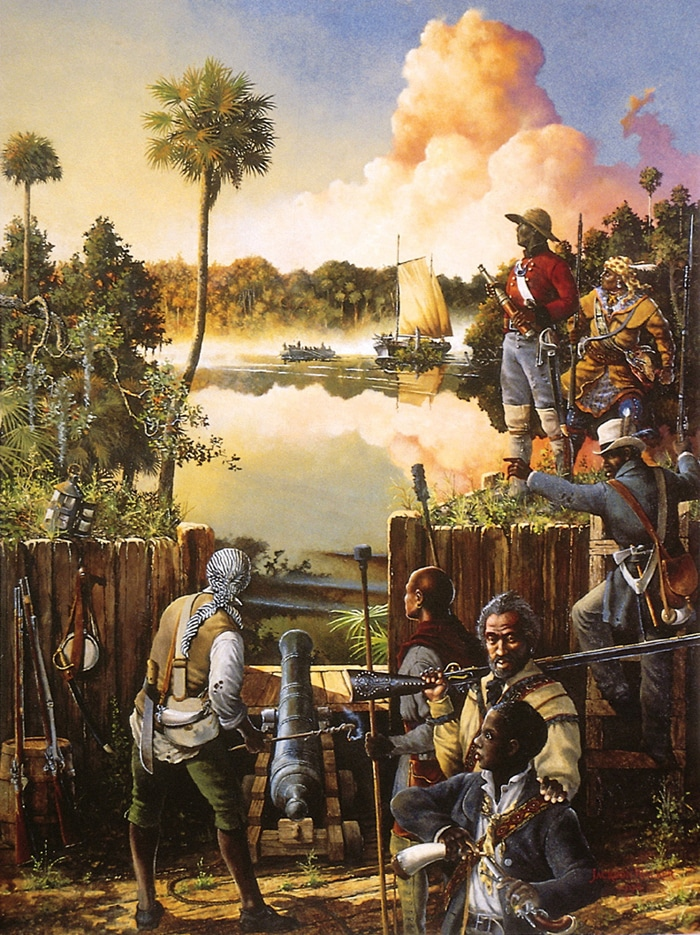
The Israeli army killed three Palestinian military commanders – including one from Hamas’s Qassam Brigades and two from Fatah’s Al-Aqsa Martyrs Brigades – and a mother and her child during a raid in the occupied West Bank on Monday, according to Palestinian and Israeli officials.
Several army convoys and bulldozers also stormed Tulkarem refugee camp, where the five were killed, to destroy homes, markets and entire neighbourhoods during the attack.
Like all of the West Bank, Tulkarem has been subjected to Israeli army raids and settler attacks that intensified following the return of Prime Minister Benjamin Netanyahu at the helm of a far-right government at the end of 2022. The devastation brought on by these raids intensified further after the Hamas-led attack on southern Israel on October 7.
Israel claims that its nearly daily raids are necessary to capture Hamas cells and ensure Israeli security. But critics say that raids are exacerbating the root causes that fuel armed resistance – in particular, Israel’s decades-long occupation – declared last week as unlawful by the International Court of Justice.
According to the UN Office for the Coordination of Humanitarian Affairs, Israel has killed 203 people in the West Bank between January and June 6 this year. That’s 75 more people killed by Israeli soldiers or settlers compared to the same period last year.
Activists and experts believe that Israel is playing up the threat of what it calls “terrorism” to justify the increasing violence, which leads to mass displacement and the expansion of illegal settlements.
Here is all you need to know about the uptick in violence as a result of operations in the West Bank.
